Housing Production Strategy (HPS) - Docket #G 4-24
Local Adoption Process - (Resolution 2025-18)
- May 15th Planning Commission Public Hearing
- June 10th City Council Adoption of Resolution 2025-18 to adopt the City's HPS (found in "Files" section at the bottom of this webpage)
State Review Process - (DLCD)
After the HPS was locally adopted, a review process began with the State for approval.
- The City's HPS was submitted to the State Dept. of Land Conservation and Development (DLCD)
- The HPS was noticed and published on DLCD's website for a 45-day public comment period.
- Then, the State completes a review within 120 days.
- On October 21st, DLCD issued a final approval of the City's HPS, with 3 conditions (see approval letter in "Files" at the bottom of this webpage)
Housing Production Strategy (HPS) - Docket G 4-24
Introduction
In Oregon, cities have a long-standing requirement to study and plan for their community's housing needs. In 2019, the Oregon Legislature passed House Bill 2003 (ORS 197.290) directing cities with a population greater than 10,000 to develop and adopt a Housing Production Strategy (HPS) no later than one year after the city’s deadline for completing a Housing Needs Analysis (HNA).
- The City of McMinnville adopted a HNA on February 27, 2024 - Ordinance No. 5141 "McMinnville Urbanization Report"
The HPS must include a list of specific actions, including the adoption of measures and policies, that the city shall undertake to promote development affordable, fair, and equitable housing to address the housing need identified in the HNA. The HPS will contain an eight (8)-year timeline for adopting and executing each strategy. Cities must also evaluate their HPS progress and effectiveness at a mid-term checkpoint. The HPS Report will include the following:
- Contextualized housing needs
- Summaries of existing measures and final proposed strategies
- How the City’s existing measures and final proposed strategies help to achieve fair and equitable housing outcomes, affirmatively further fair housing, and overcome discriminatory housing practices and racial segregation
- Understanding of capacity limitations of City resources (primarily staff time and funding) for implementing the selected strategies for inclusion in the HPS; and
- A conclusion addressing the following:
- A qualitative assessment of how the strategies collectively address the contextualized housing needs identified in the HNA and HPS;
- Discussion of how the proposed actions, taken collectively, will increase housing options for historically marginalized communities;
- How the City’s existing measures and proposed strategies will affirmatively further fair housing, link housing to transportation, provide access to areas with high Opportunity (such as areas with concentrations of jobs or services or accessible by transit), address needs for people facing homelessness and equitable distribution of services, create opportunities for rental housing and homeownership, and mitigate vulnerabilities to displacement and housing instability;
- The rationale for any identified needs not being addressed; and
- The City’s plan for monitoring progress on the housing production strategies.
Staff Contact
Reach out to Associate Housing Planner Evan Hietpas at evan.hietpas@mcminnvilleoregon.gov or 503-474-5170.
Additional Details on the Housing Production Strategy (HPS)
Public Engagement - The following activities will take place throughout the process: Focus Groups, Interviews, Community Survey, Social Media and City Website updates, Public Webinars.
Public Webinars - Held on April 30 and May 1
Committees, Planning Commission, and City Council - Additionally, these key groups stayed engaged in the HPS project: Project Advisory Committee, Affordable Housing Committee, Planning Commission, City Council
| Planning Commission and City Council | September 10, 2024 | Meeting Materials |
| Affordable Housing Committee | September 25, 2024 | Meeting Materials |
| Planning Commission and City Council | December 10, 2024 | Meeting Materials |
| Affordable Housing Committee | December 18, 2024 | Meeting Materials |
| Planning Commission and City Council | February 11, 2025 | Meeting Materials |
| City Council | March 25, 2025 | Meeting Materials |
| Affordable Housing Committee | March 26, 2025 | Meeting Materials |
| Planning Commission | April 3, 2025 | Meeting Materials |
| Planning Commission Public Hearing | May 15, 2025 | Meeting Materials |
| City Council, Adoption of Resolution 2025-18 | June 10, 2025 | Meeting Materials |


 Community Development Director:
Community Development Director: 